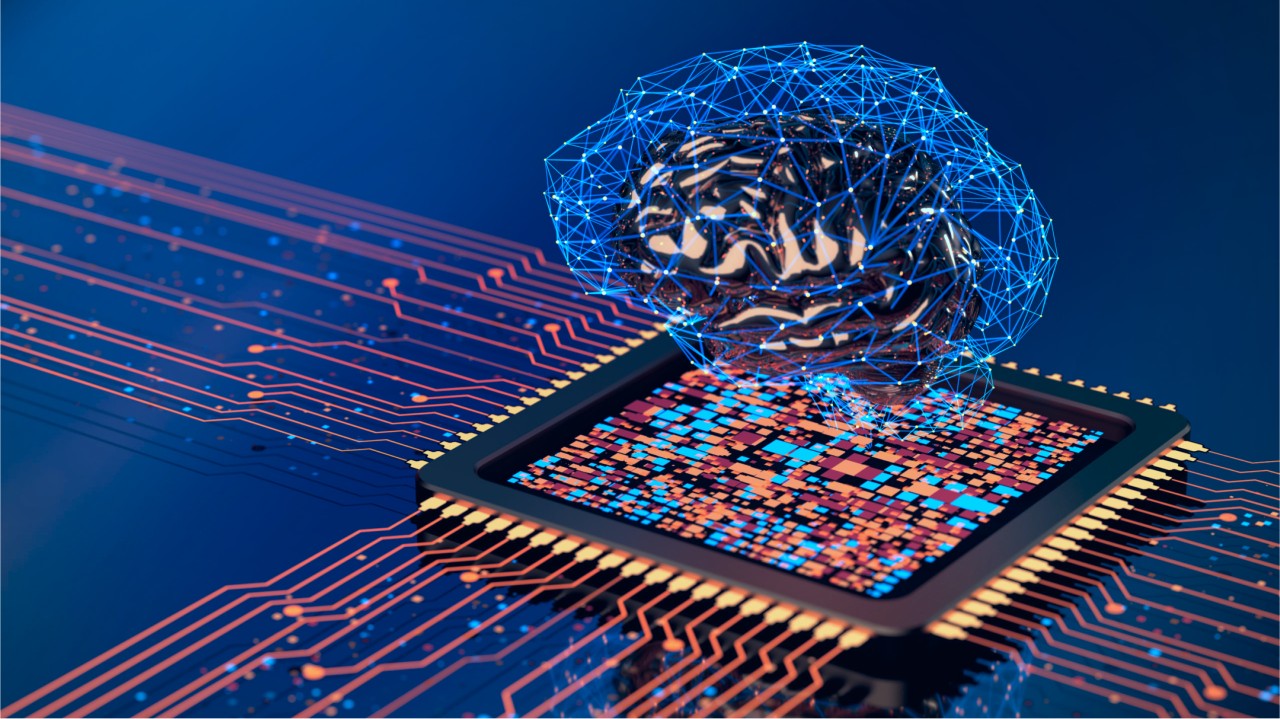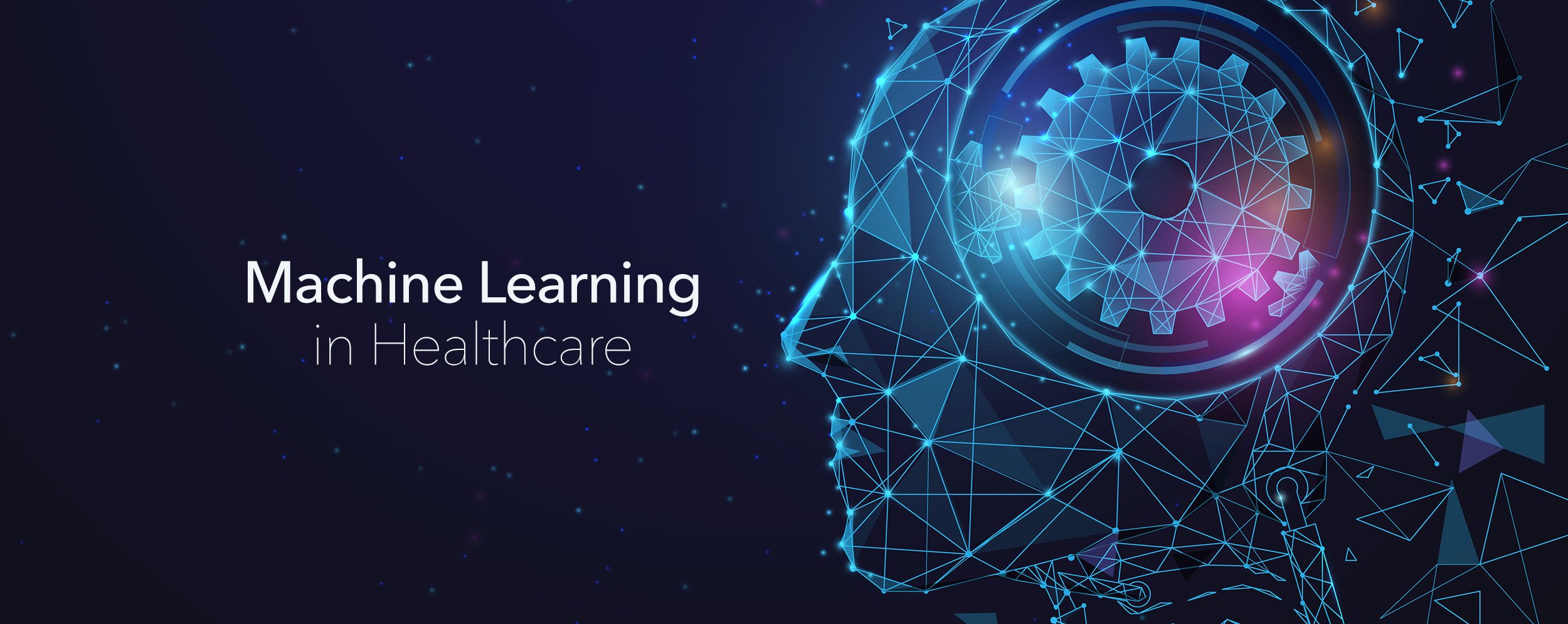Deep learning continues to advance and diversify, influencing a wide range of industries and applications. Here’s a deeper dive into additional areas where deep learning is making strides and what we can expect in the future.
Deep Learning in Healthcare
- Drug Discovery and Development:
- Molecular Modeling: AI models predict the interaction between molecules and biological targets, accelerating the drug discovery process. This includes identifying potential drug candidates and optimizing their properties.
- Clinical Trials Optimization: Deep learning analyzes patient data to identify suitable candidates for clinical trials and predict trial outcomes. This improves the efficiency and success rate of clinical research.
- Medical Imaging:
- Advanced Diagnostics: AI enhances the analysis of medical images, such as MRIs, CT scans, and X-rays. Deep learning models detect abnormalities, assist in diagnosis, and provide insights for personalized treatment plans.
- Image Segmentation: AI systems segment and classify different structures in medical images, such as organs and tumors. This supports precise measurement and analysis, aiding in treatment planning and monitoring.
Deep Learning in Agriculture
- Precision Agriculture:
- Yield Prediction: AI models forecast crop yields based on weather patterns, soil conditions, and crop health data. This helps farmers make informed decisions about planting, harvesting, and resource allocation.
- Automated Farming Equipment: Deep learning enhances the capabilities of autonomous farming machinery, such as tractors and harvesters. These machines use AI to perform tasks like planting, weeding, and harvesting with high precision.
- Climate and Weather Modeling:
- Climate Impact Analysis: AI models assess the impact of climate change on agriculture by analyzing historical climate data and predicting future trends. This helps farmers adapt to changing conditions and manage risks.
- Weather Forecasting: Deep learning improves weather forecasting by analyzing large datasets from satellites and weather stations. Accurate forecasts support better planning and decision-making in agriculture.
Deep Learning in Retail and E-Commerce
- Visual Search and Recognition:
- Product Search: AI-powered visual search tools allow customers to search for products using images instead of text. This enhances the shopping experience by providing accurate search results based on visual similarity.
- Shelf Management: Deep learning analyzes images of store shelves to manage inventory, identify stockouts, and optimize product placement. This improves store operations and customer satisfaction.
- Fraud Detection and Prevention:
- Transaction Monitoring: AI models detect fraudulent transactions by analyzing patterns and anomalies in payment data. This helps prevent financial losses and protect customers from fraud.
- Behavioral Analysis: Deep learning analyzes user behavior to identify suspicious activities and potential fraud. This includes monitoring login attempts, purchase patterns, and account activities.
Deep Learning in Legal and Compliance
- Document Review and Analysis:
- Legal Research: AI models analyze legal documents, case law, and statutes to support legal research and case preparation. This includes identifying relevant precedents and summarizing key information.
- Contract Analysis: Deep learning assists in reviewing and analyzing contracts by extracting key clauses, identifying potential risks, and ensuring compliance with legal requirements.
- Regulatory Compliance:
- Compliance Monitoring: AI systems monitor business activities to ensure compliance with regulatory requirements. This includes tracking changes in regulations and assessing the impact on business operations.
- Risk Assessment: Deep learning models assess compliance risks by analyzing data from various sources, such as financial records and operational processes. This helps organizations manage and mitigate compliance risks.
Deep Learning in Environmental Conservation
- Wildlife Monitoring:
- Species Identification: AI models analyze images and audio recordings from wildlife cameras to identify and track animal species. This supports conservation efforts by monitoring wildlife populations and behaviors.
- Habitat Mapping: Deep learning analyzes satellite and drone imagery to map and monitor natural habitats. This helps in understanding habitat changes and assessing the impact of environmental changes on wildlife.
- Pollution Monitoring:
- Air Quality Analysis: AI systems monitor and analyze air quality data to detect pollution levels and identify sources of contamination. This supports efforts to improve air quality and public health.
- Water Quality Monitoring: Deep learning models assess water quality by analyzing data from sensors and environmental tests. This includes detecting pollutants and monitoring the health of aquatic ecosystems.
Deep Learning in Gaming and Virtual Reality
- AI-Driven Game Design:
- Procedural Content Generation: AI models generate game content, such as levels, maps, and characters, based on predefined rules and player preferences. This creates diverse and dynamic gaming experiences.
- Behavioral AI: Deep learning enhances non-player character (NPC) behavior in games, making them more realistic and responsive to player actions. This improves the overall gaming experience and immersion.
- Virtual Reality (VR) and Augmented Reality (AR):
- Real-Time Interaction: AI enhances VR and AR experiences by providing real-time interactions and adapting to user behavior. This includes gesture recognition, spatial mapping, and object tracking.
- Immersive Environments: Deep learning creates realistic and interactive virtual environments by analyzing and simulating user interactions. This includes generating lifelike avatars, realistic physics, and dynamic scenarios.
Future Innovations and Emerging Trends
- Neurosymbolic AI:
- Combining Neural Networks and Symbolic AI: Neurosymbolic AI integrates deep learning with symbolic reasoning to create more powerful and versatile AI systems. This approach combines the strengths of neural networks and rule-based systems.
- Enhanced Understanding and Reasoning: Neurosymbolic AI improves the ability of AI systems to understand complex concepts and perform logical reasoning. This supports more sophisticated problem-solving and decision-making capabilities.
- Human-AI Collaboration:
- Augmented Creativity: AI tools collaborate with humans to enhance creativity and innovation in fields such as art, music, and design. This includes generating new ideas, refining concepts, and providing creative insights.
- Enhanced Decision-Making: Deep learning models assist humans in making complex decisions by providing data-driven insights and recommendations. This includes applications in business strategy, healthcare, and policy-making.
- AI for Personalized Education:
- Adaptive Learning Platforms: AI-driven educational platforms provide personalized learning experiences tailored to individual student needs and learning styles. This includes adaptive assessments, customized content, and real-time feedback.
- AI Tutors: Virtual AI tutors support students with personalized instruction and guidance. These tutors use deep learning to understand student progress, address learning gaps, and provide targeted support.
- Ethics and Fairness in AI:
- Bias Mitigation: Research focuses on identifying and addressing biases in AI models and training data. This includes developing techniques for fair and equitable AI systems that minimize discrimination and ensure inclusivity.
- Transparent AI: Efforts are being made to enhance the transparency and interpretability of AI models. This includes creating tools and frameworks for understanding how AI systems make decisions and ensuring accountability.
Conclusion
Deep learning is a dynamic and evolving field with profound implications across a wide range of domains. From healthcare and agriculture to legal services and environmental conservation, deep learning is driving innovation and creating new possibilities.
As the technology advances, embracing future trends, addressing ethical considerations, and fostering responsible development will be crucial for maximizing the benefits of deep learning and ensuring its positive impact on society.



